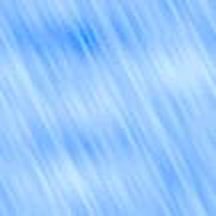|
Background.
Hypertext Markup Language
(HTML) is the
language used to create the pages for World Wide Web browsers such as
Netscape and Internet Explorer. Generally, it is no longer necessary
to learn HTML because there now exist a variety of front end processors to
develop the necessary code. FrontPage, PageMaker and DreamWeaver are three
of the biggest front end development tools. The user works in a
WYSIWYG (What You See Is What You
Get) environment and the program develops the HTML that underlies
it. Thus, it is entirely acceptable for you to take this page very
lightly, there is not much call for developing basic HTML. On the
other hand, there are some distinct advantages to having at least some
sense of how HTML works and there are times when you need to resort to direct
use of HTML when your front end processor lacks desired features.
HTML Commands.
HTML uses a set of formatting tags to determine things such as whether
items are bolded, centered, where to separate paragraphs, underlined and
on and on. Typically the tags come in pairs, surrounding the text they are
intend to mark up.
Fore example, bolding text on a page would look like
<B>this text is bolded</B>
HTML commands almost always begin with a <
(less than sign) and
end with a >
(greater than sign). When used in pairs, HTML tags are always related. The
closing tag is just the initial tag with a /
added in front of it.
White space, anything that is not a printable character, is generally
ignored by HTML. Blank lines or spaces will generally not affect your Web
page. The tags are not case sensitive. |

